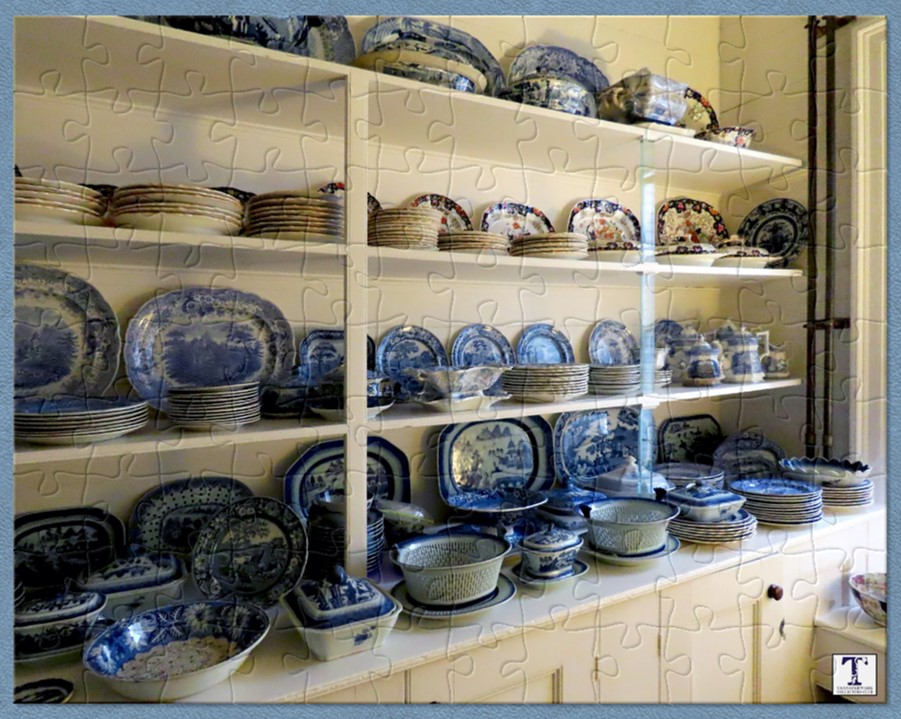 A wide variety of transferware patterns, and other ceramics, are seen in this view into the dish pantry at “Woodlawn,” the Black family home in Ellsworth, Maine. The house, now a museum, was built between 1824 and 1827 for John and Mary Black and family. Black had come to the Downeast Maine frontier from England in 1798 to oversee the extensive timberland holdings of the Barring Brothers Bank in London. The bank owned a half interest in two million acres of forest in Maine. After branching out into various business interests of his own while continuing as Barring’s agent, Black became one of the wealthiest residents of the region.
A wide variety of transferware patterns, and other ceramics, are seen in this view into the dish pantry at “Woodlawn,” the Black family home in Ellsworth, Maine. The house, now a museum, was built between 1824 and 1827 for John and Mary Black and family. Black had come to the Downeast Maine frontier from England in 1798 to oversee the extensive timberland holdings of the Barring Brothers Bank in London. The bank owned a half interest in two million acres of forest in Maine. After branching out into various business interests of his own while continuing as Barring’s agent, Black became one of the wealthiest residents of the region.
In 1870, the house became the summer home of the Black’s son, George Nixon, who had expanded the family’s business interests in Boston, becoming a significant landowner there. His son, George Nixon Black, Jr. inherited the house and Boston land holdings in 1880. The son, known as Nixon, and his life-partner, Charles Brooks Pitman, collected antiques for the house with the intent to leave it as a museum. It is believed most of the ceramics now in the house were collected by Nixon and Charles in the late 19th and early 20th centuries. The house opened as a museum in 1929.


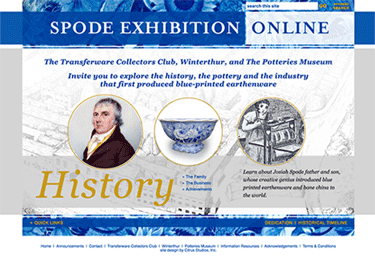
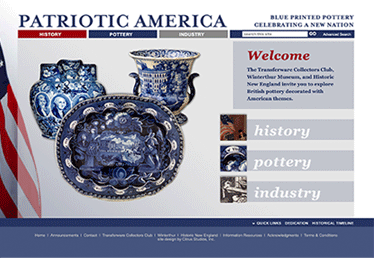
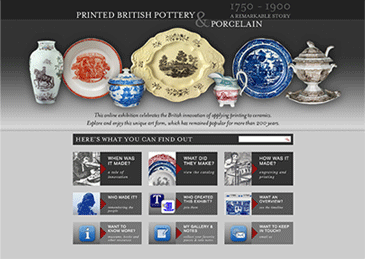
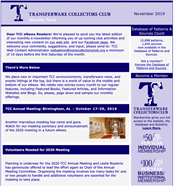 Not a member but want to receive email updates?
Not a member but want to receive email updates?